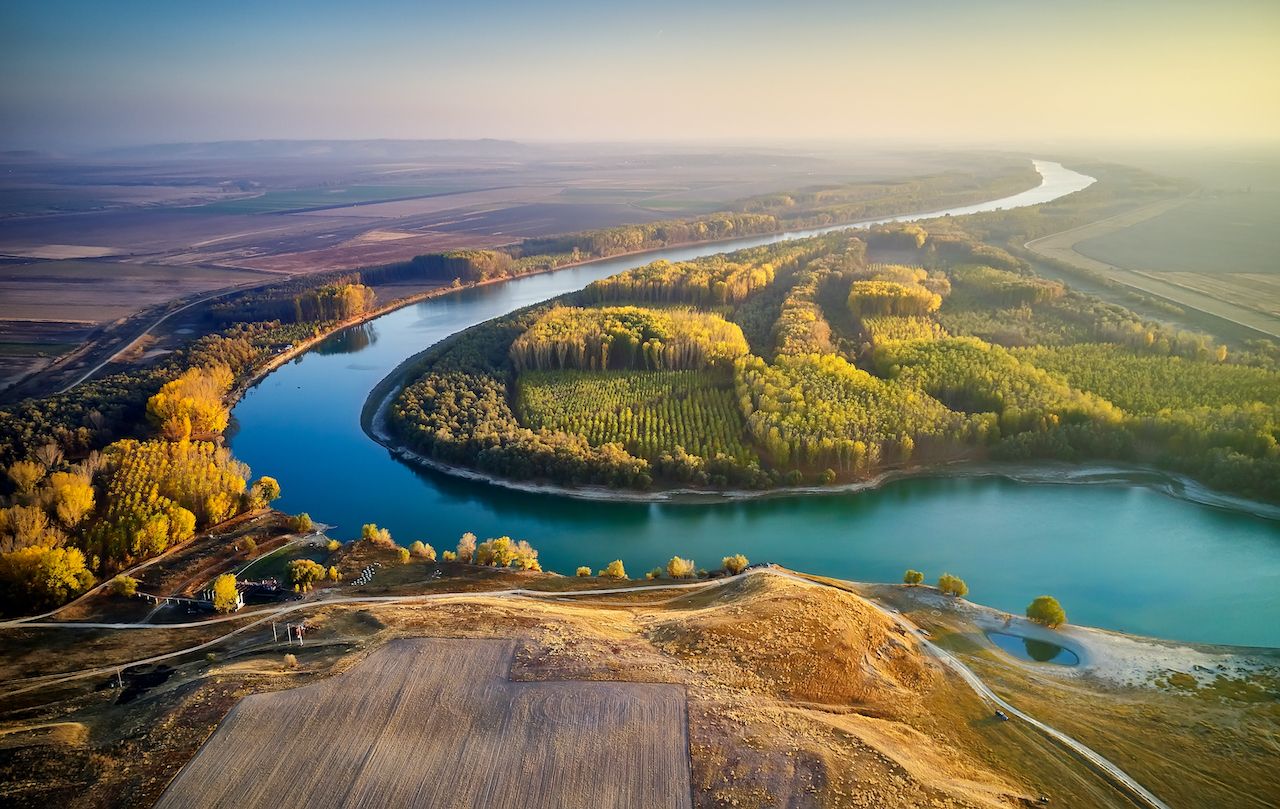5 Hidden Gems to Visit in Europe
If you’re looking for a unique and authentic travel experience, hidden gems are a great option. These lesser-known places often give travelers an opportunity to get off the beaten path and view a different side of the country or region they’re visiting. Instead of being inundated with crowds and commercialism, hidden gems provide more tranquil settings where you can truly explore and appreciate what each place has to offer. Not only is the beauty and culture of these places more accessible when there are less people around, but typically they also come with a more wallet-friendly price tag than popular tourist attractions. Exploring hidden gems can be an unforgettable adventure that fills up your travel memories with sights, sounds and experiences that are particularly unique to these hidden locations.
5 Destinations That Will be Discussed in the Article
- Plitvice Lakes National Park, Croatia
- The Azores, Portugal
- The Faroe Islands, Denmark
- The Julian Alps, Slovenia
- The Danube Delta, Romania
1. Plitvice Lakes National Park, Croatia

Located in one of Europe’s most stunning countries, Plitvice Lakes National Park in Croatia is a must-see destination on any traveler’s itinerary. Boasting 16 terraced crystal blue lakes and dense forests composed of pine and beech trees, this breathtaking park is straight out of a postcard. Visitors can traverse through dramatic caves, cascading waterfalls, incredible wooden bridges and walkways, lush vegetation and over 90 different species of birds as they explore this spectacular landscape. With breathtaking panoramic views around every corner, this national park has become one of the top tourist destinations in all of Europe.
2. The Azores, Portugal

Boasting breathtaking scenery and nine beautiful islands, the Azores archipelago in Portugal is a true feast for the eyes. With its mesmerizing blue waters, iconic photos of colorful towns, and unique coastline formed by rolling hills along the ocean, it’s no wonder why so many people love to vacation here. From kayaking in tranquil bays to whale watching from shore or boat, there’s plenty of opportunities to revel in the beauty of this region. Each island boasts its own distinct charm as well, making exploring them all one of the best ways to get a taste of life on a Portuguese paradise.
3. The Faroe Islands, Denmark

The beautiful Faroe Islands, an archipelago that is part of Denmark, can provide a wonderful getaway from the everyday hustle and bustle. Known for their natural beauty and quaint villages, these 18 islands are nestled in the North Atlantic Ocean about halfway between Scotland and Iceland. Visitors to the Faroe Islands will find plenty of activities to fill up their days, whether they prefer outdoor adventures such as hiking and kayaking or the slower pace of cultural activities like visiting local art galleries and craft shops. Those who enjoy whale watching will be delighted – sightings of humpbacks, pilot whales, dolphins, minke whales, sea eagles and more abound in this marine paradise. Whether you seek relaxation or something more active, you’ll have no trouble finding it on the delightful Faroe Islands.
4. The Julian Alps, Slovenia

The Julian Alps in Slovenia is a scenic mountain range known for its breathtaking beauty and diverse wildlife. With more than 20 million visitors each year, the Julian Alps are a popular destination for those seeking an unforgettable experience. Tourists can explore towering peaks, clear blue lakes, dense forests, and winding rivers. While there, they can marvel at awe inspiring landscape or hike up to Kolovrat which is the highest peak of the range offering panoramic views of the stunning valley below. Surrounded by lush greenery and spectacular meadows, one cannot help but be mesmerized by the untouched beauty of this region, making it an ideal choice for hikers and nature lovers alike.
5. The Danube Delta, Romania

The Danube Delta in Romania is a beautiful, lively ecosystem that is home to an abundance of wildlife. Covering an area of over 3,500 square miles, it is the second largest delta in Europe and one of the largest wetlands in the world. Rich in biodiversity, it is an incredibly important habitat for thousands of different species, from wild birds to fish and even some rare plants. Its vastness ensures there are plenty of opportunities for exploration and adventure here, from taking on its many waterways by boat or kayak to discovering the multiple islands that make up this beautiful destination. It’s easy to see why environmentalists around the world consider the Danube Delta as one of their top priorities when protecting fragile habitats.
Additional Tips
Planning a trip to hidden gems in Europe is a great way to ensure amazing and unique experiences. Before finalizing your itinerary, make sure to research requested documents or permission that might be needed for entry into certain countries. Be mindful of the length of your stay as it’s likely that extended visits may require extra documentation. Additionally, currency, language barriers, transportation methods, and cultural etiquette should all be taken into account before booking a trip. Planning ahead with these tips can help create a truly special vacation filled with moments you won’t find anywhere else!




